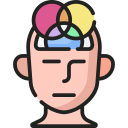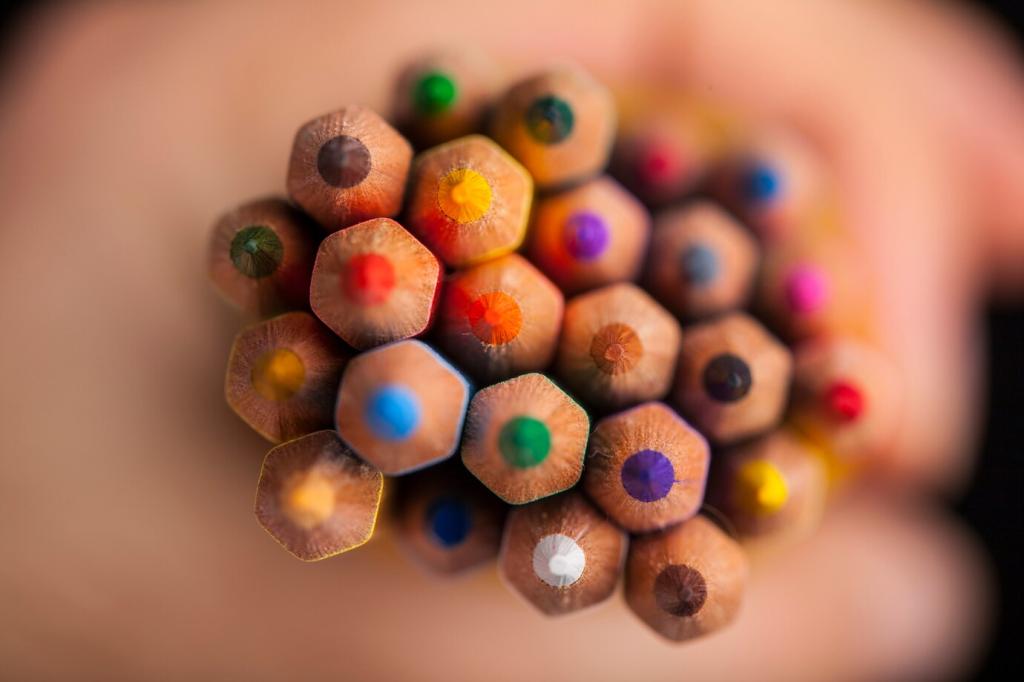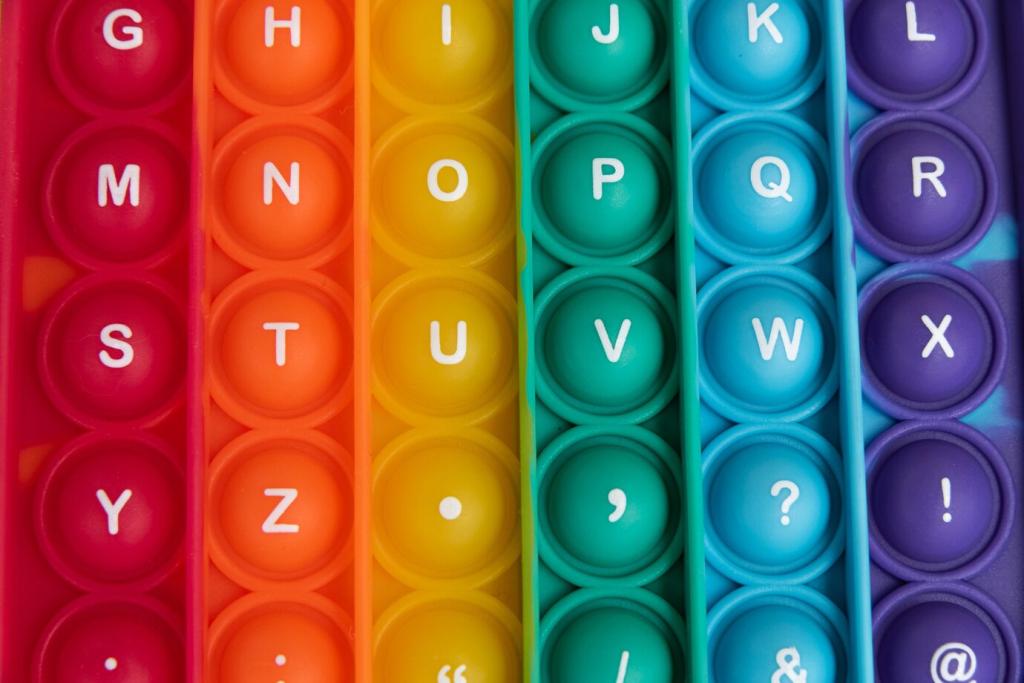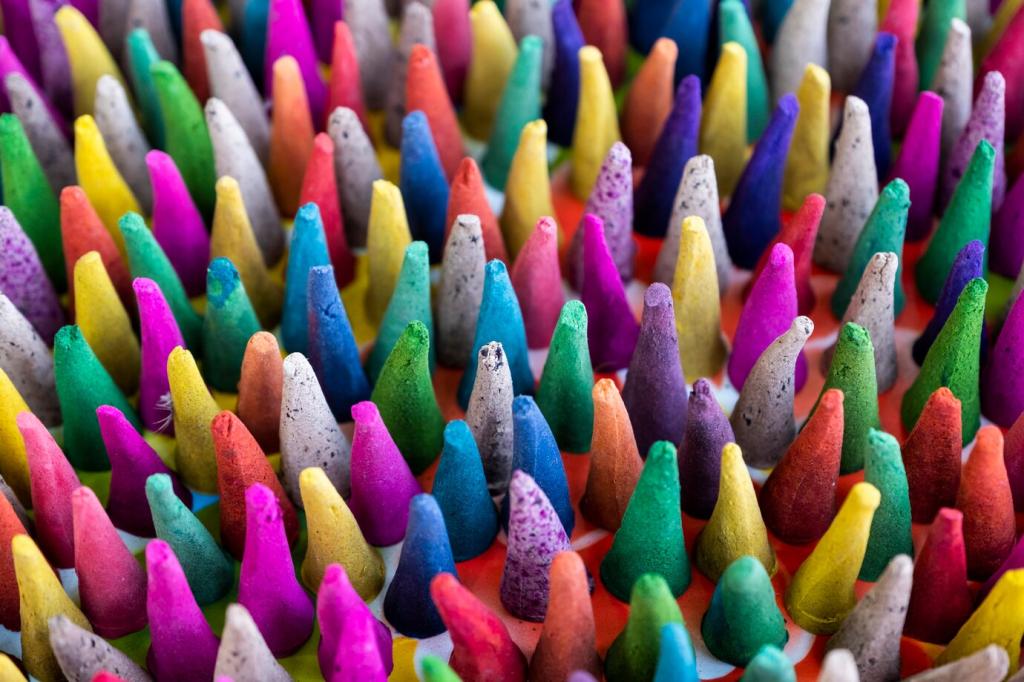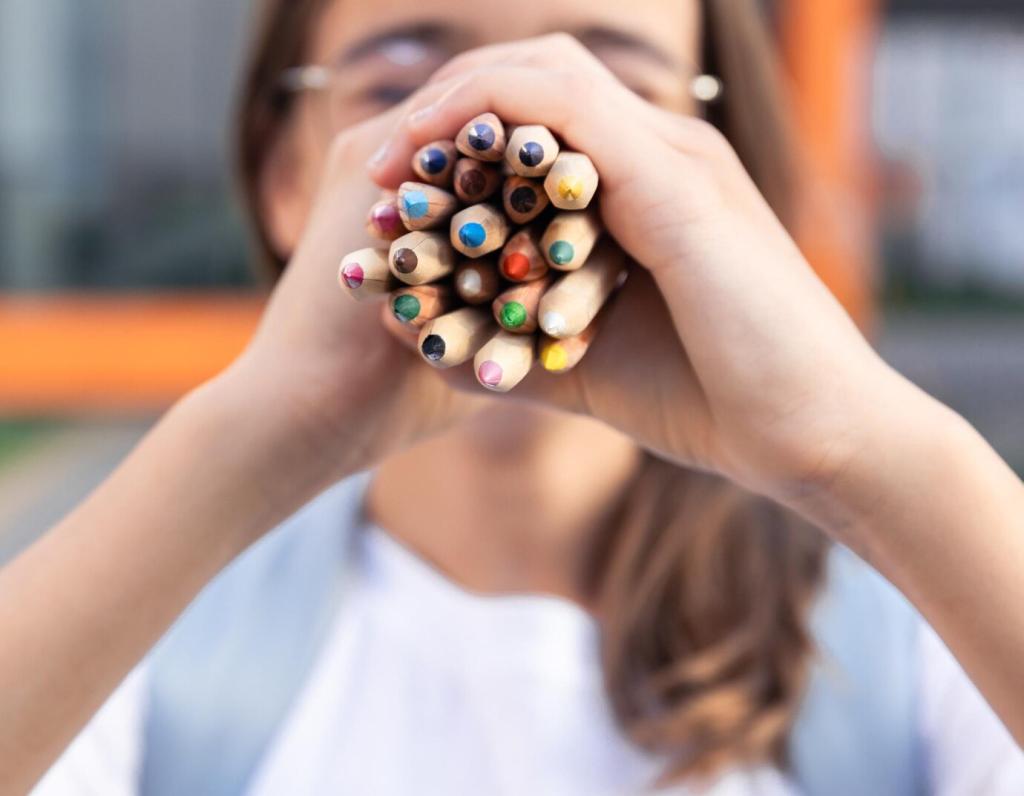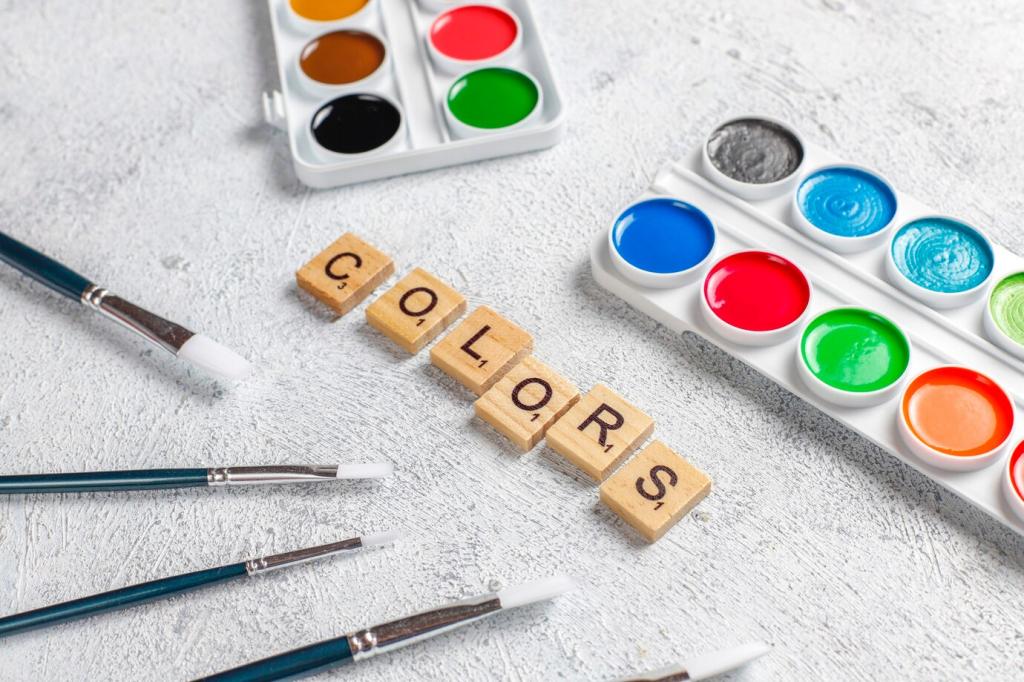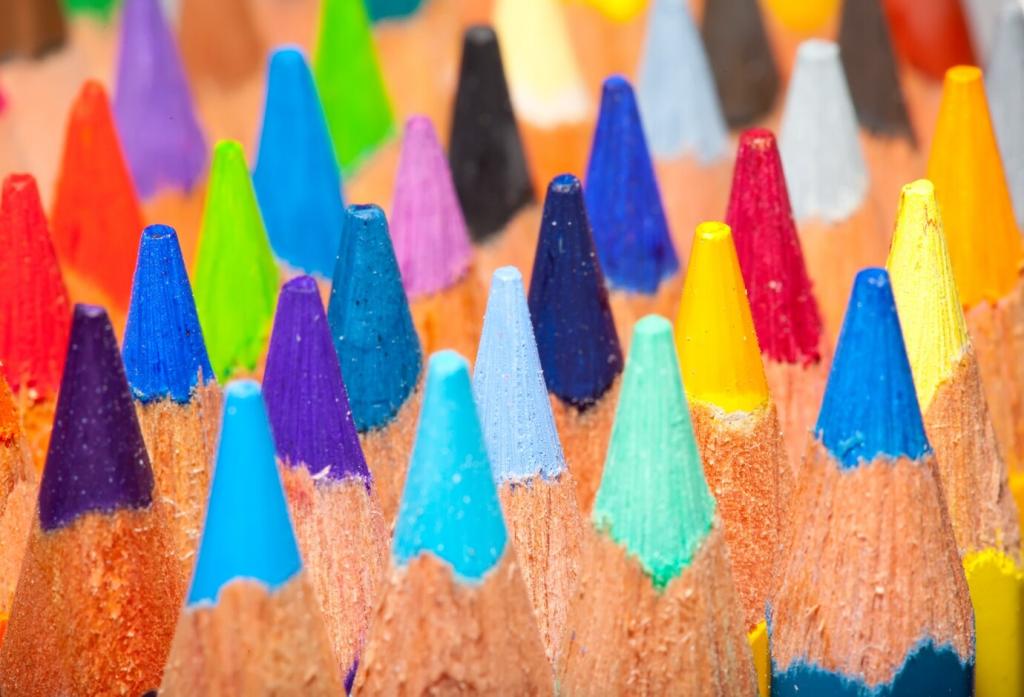Timing and Tools: How Scientists Map Color in the Brain
High-resolution fMRI identifies color-biased clusters in ventral visual cortex, including V4 and posterior inferior temporal regions. Carefully controlled stimuli and analyses track hue tuning and constancy effects, showing where appearance-level signals arise and how they cluster alongside shape and material information.
Timing and Tools: How Scientists Map Color in the Brain
Electromagnetic methods capture millisecond-scale responses, showing chromatic processing emerges quickly after early visual cortex activation. Time-resolved decoding reveals when the brain distinguishes hues, integrates context, and stabilizes appearance—key for linking neural timing to the unfolding experience of color in natural viewing.
